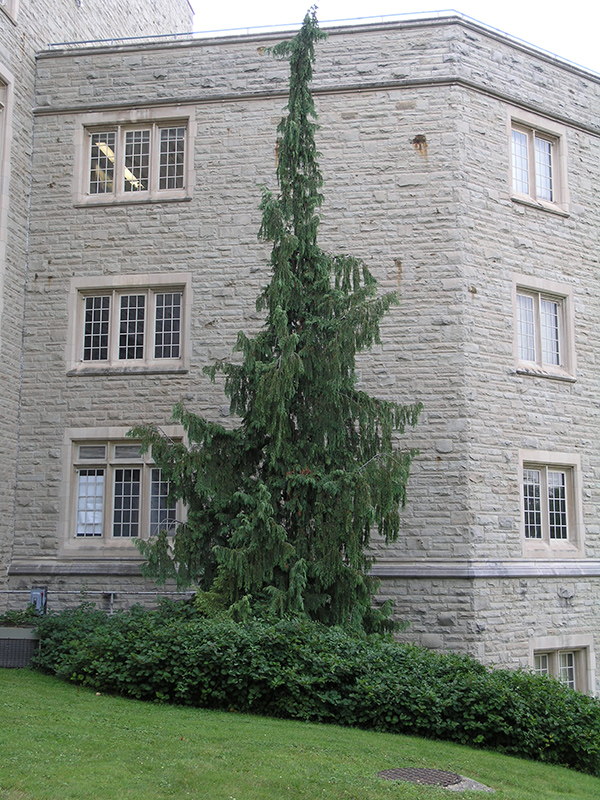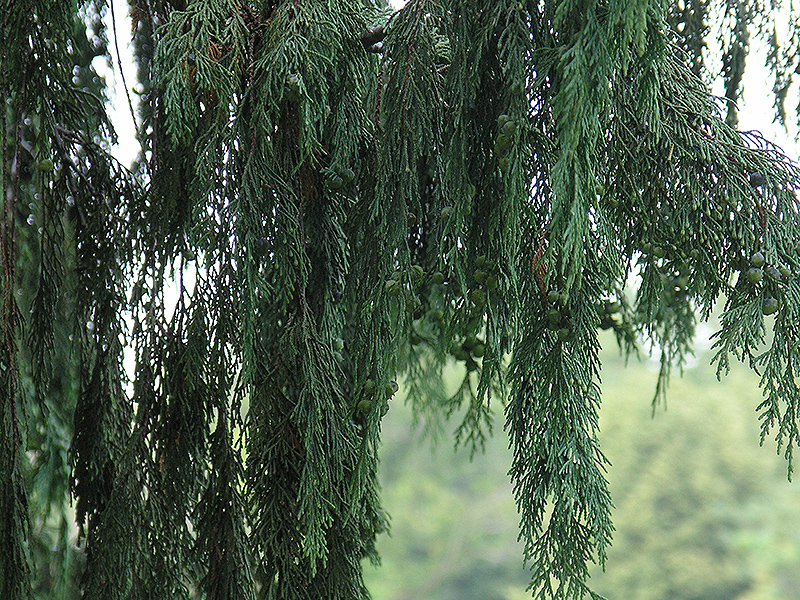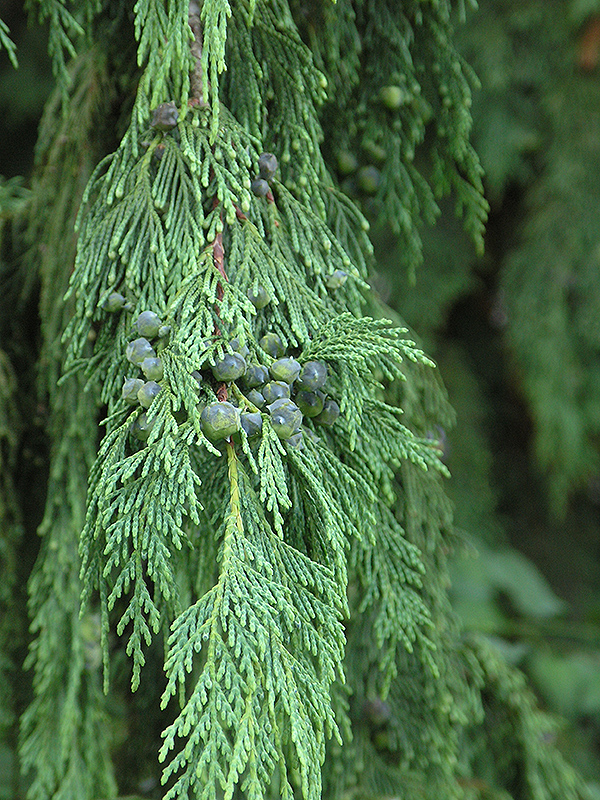| General Description | Graceful, elegant tree with pendulous branches. |
| ID Characteristic | Pendulous branches and upright habit. |
| Shape | Pyramidal to weeping. |
| Landscape | Commonly used as a focal point, makes any landscape look majestic all year-round, especially in the winter season. Never have more than one in a setting; it gets to be too much. |
| Propagation | They can be produced by seed, with a warm incubation period at about 5°C . Root by cuttings usually taken between late winter and early spring treated with indole butyric acid placed in perlite or peat moss; can also be grafted. |
| Cultivation | Prefers a moist, well drained soil and needs protection from wind. |
| Pests | None serious. |
| Notable Specimens | The A.M. Cuddy Gardens, Strathroy, Ontario, Canada. The Royal Botanical Gardens, Burlington, Ontario, Canada. |
| Habitat | Horticultural origin. |
| Bark/Stem Description | Plated exfoliating, exposing reddish-orange on old bark, wind may strip this thin later off. New bark is silvery grey and is shiny. |
| Flower/Leaf Bud Description | Leaf tips have new scales waiting to emerge into a full scale. |
| Leaf Description | Scale-like, alternate with one scale on each side of the leaf branchlet, new shoots are dark green, with staminate flowers on the ends of many tips. |
| Flower Description | Pollination occurs from March- May. Pistillate and staminate flowers are about 3 mm in size with the staminate flowers borne at the end of the leaf tips. |
| Fruit Description | Dark reddish-purple about 5 mm in diameter, usually about 3-5 grouped in the same general area, spherical, with about 3 awl-like hooks coming off them. |
| Colour Description | Dark green in full-sun but often lighter in colour in partial shade. The green stands out in the winter, because branches shed the snow, thus making it a dominant accent in the landscape. |
| Texture Description | Soft to the touch when you run your hand along the leaf tips in the spring the seed pods drop off and hit the branches below making a trickling sound. A medium textured plant. |


